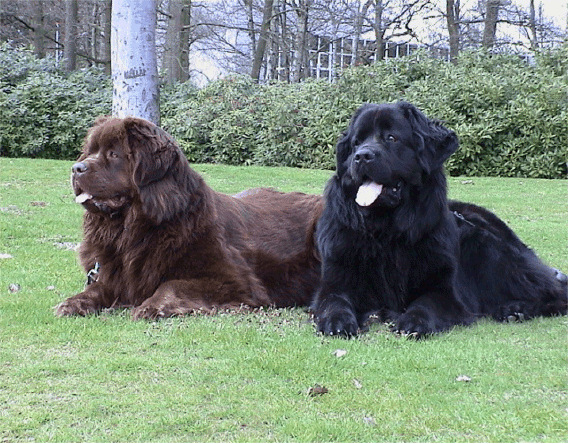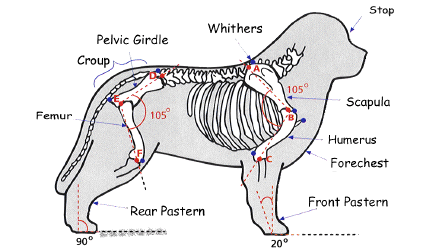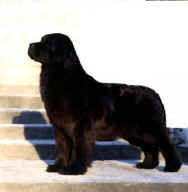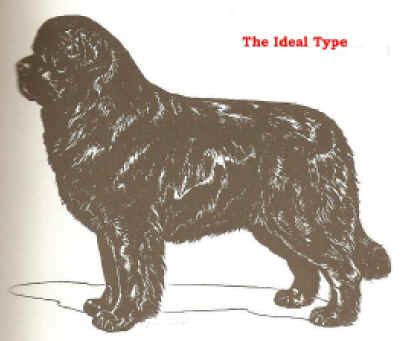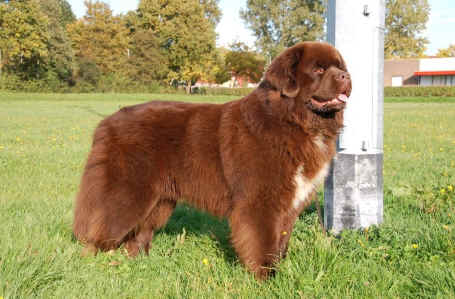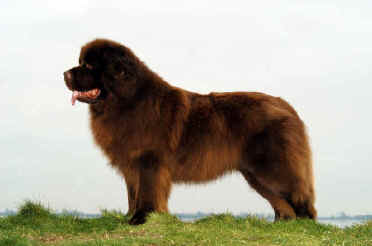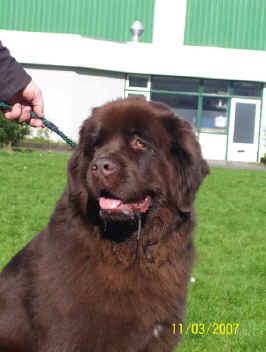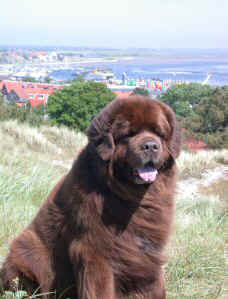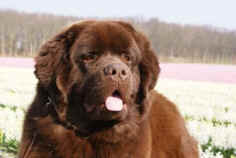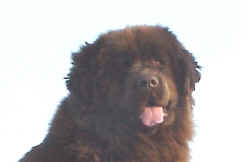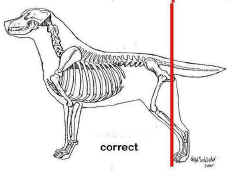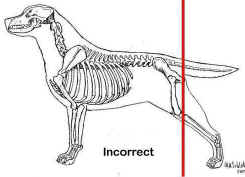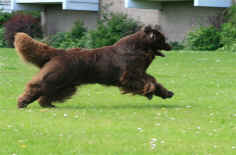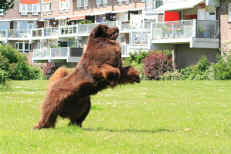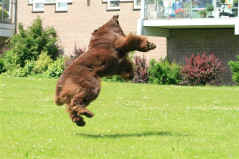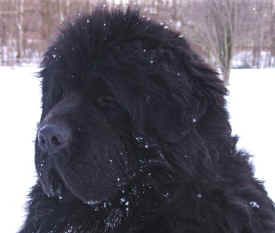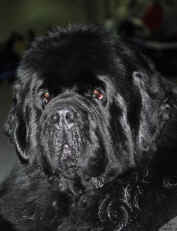My
own Pedigree![]()
Grafical version 1
Grafical
version 2![]()
Grafical
version 3![]()
News
2009
2010
2011
2012
2013
2014![]()
Our
Dogs
Male
Female
Offspring
Foto"s Offspring![]()
In loving memory
Pups
Planning
Fotogallery
Heritage
Type 1
Heritage
Type 2![]()
Waterworks
Shows
Head-study
FCI
-
Breed
Standard
Genetics
Colours![]()
Beachwalks
Hoek van Holland 1
Hoek
van Holland 2
Our
other Passion![]()
Magical
Realism
FCI means : Federation Cynologie Internationaal
![]()
These pages
contain an illustration of correct Newfoundland construction of the
Newfoundland breed standard.
Construction
PATRONAGE
: FCI .
Comment
|
|
||
| Mouth | Head and Skull | |
| Tail | Body | |
| Characteristics | Muzzle | |
| Neck | Eyes | |
| Muzzle | Hindquarters | |
| Temperament | Size | |
| Forequarters | Ears | |
| Coat | Gait / Movement | |
| Colour | Feet |
|
|
|
|
GOOD CONSTRUCTION |
FAULT CONSTRUCTION |
|
|
|
|
|
|
|
The Ideal Type |
|
Characteristics
Large draught and water dog, with natural
life-saving instinct, and devoted companion.
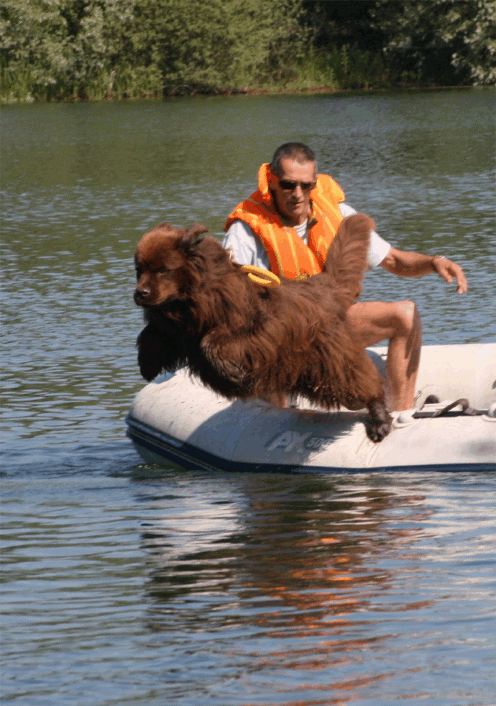
Back
to the Top
Temperament
Exceptionally gentle, docile nature.
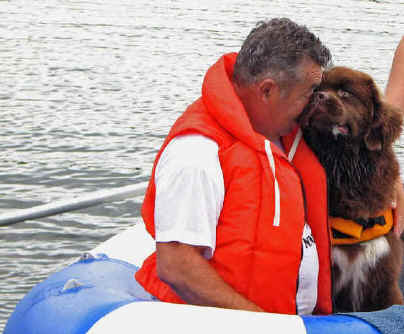
Back
to the Top
Head and Skull
Head broad and massive, occipital bone well developed,
no decided stop, muzzle short,
clean cut and rather square, covered
with short fine hair.
|
|
||
|
Ch Romanov van de Berenstal :1 year |
Dutchess of The End of the Line |
Zenga of The End of the Line |
Eyes
Small, dark brown, rather deeply set, not
showing haw,
set rather wide apart.
Back
to the Top
Ears
Small, set well back, square with skull, lying close to
head, covered with short hair without fringe.
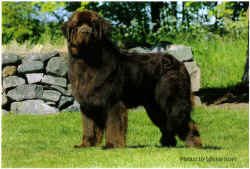
CH, Cle Bas Sober and Brown
Back
to the Top
Mouth
Soft and well covered by lips. Scissor bite preferred,
i.e. upper teeth closely overlapping lower teeth and set square to the
jaws, but pincer tolerated.
Dewfy of The End of the Line
Back
to the Top
Neck
Strong, well set on shoulders.
Forequarters
Legs perfectly straight, well-muscled, elbows fitting
close to sides, well let down.
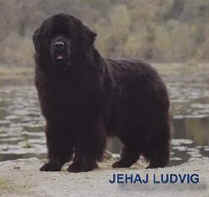
Ch
Jehaj Ludvig pedigree
Back
to the Top
Body
Well ribbed, back broad with level topline, strong
muscular loins. Chest deep, fairly broad.
For
Romance of The End of the Line : almost 5
Years and pregnant
Hindquarters
Very well built and strong. Slackness of loins and
cow-hocks most undesirable. Dewclaws should be removed.
|
|
|
Feet
Large, webbed, and well shaped. Splayed or turned out
feet most undesirable.
Tail
Moderate length, reaching a little below hock. Fair
thickness well covered with hair, but not forming a flag. When
standing hangs down-wards with slight curve at end. Tails with a kink
or curled over back are most undesirable.
Back
to the Top
Gait
/ Movement
Free, slight rolling gait. When in motion slight toe-in
at front acceptable.
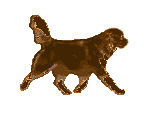
|
|
|
|
|
New Admiral |
( Nautic ) |
v. Nikita's Berenbrigade |
Size
Average height at the
shoulder: dogs 71 cms (28 ins);
bitches 66 cms (26 ins).
Average weight: dogs 64-69 kgs (140-150
lbs);
bitches 50-54.5 kgs (110-120 lbs).
Taller is reconmended but
size and weight are important and it is
essential that symmetry
is maintained.
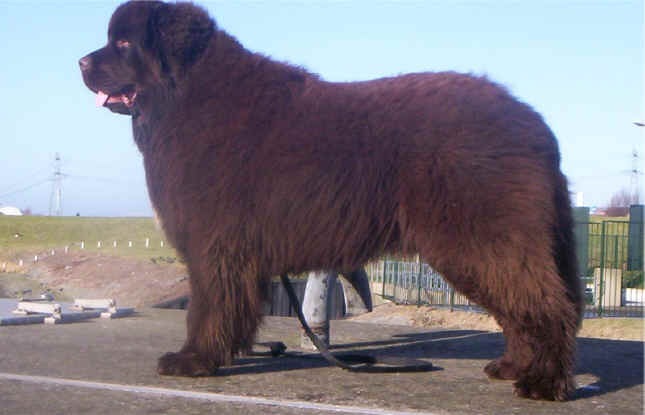
Esprit
Sage (Dion) d'Une
Terre d'Amour et de Paix :
11
months
en 76
cm.
Back
to the Top
Coat
Double, flat and dense, of coarse texture and oily
nature, water-resistant. When brushed wrong way it falls back into
place naturally.
Fore legs well feathered. Body well covered but chest hair not forming
a frill. Hind legs slightly feathered.
Colour
Only permitted colours are: -
Black: dull jet black may be tinged with bronze. Splash of white on
the chest, toes and tip of tail acceptable.
Brown: can be chocolate or bronze. In all other respects follow black
except for colour. Splash of white on the chest, toes and tip of tail
acceptable.
Landseer: white and black markings only. For preference black head
with narrow blaze, evenly marked saddle, black rump extending to tail.
Beauty in markings to be taken greatly into consideration. Ticking
undesirable.
Faults
Any departure from the foregoing points should be
considered a fault and the seriousness with which the fault should be
regarded should be in exact proportion to its degree.
|
|
|
Note: Male animals should have two apparently normal testicles fully
descended into the scrotum.
A
part of the
comment done
by Mrs
Kitty Drury (
Dryad's kennel )
after judging the Special
Club Show.
In Holland : 1983
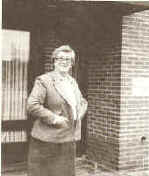 I would like to say that most
likely, the soundest dogs in the world
are the Americn dogs. I say that with pride and complete
honesty;
that the American dogs are most likely the soundest
Newfoundlands in the world. We may lack in other things but we do not lack
in that. I think too that possibly the Newfoundlands in America have a
neck a little longer than most of the European dogs; that is, of
course, a
matter of opinion but I personally feel that a little
more
length of neck
in some
of the Dutch dogs would give them a little better
balance ( 1983 ). I feel
that a Newfoundland needs a length of neck for being a working swimming
dog as it has to be able to see when it is swimming above the
waves. My
other comment on the Dutch dogs would be that they were in excellent
condition and the people had worked very hard to have them trimmed
properly and brushed well. They can be proud of their dogs.
I would like to say that most
likely, the soundest dogs in the world
are the Americn dogs. I say that with pride and complete
honesty;
that the American dogs are most likely the soundest
Newfoundlands in the world. We may lack in other things but we do not lack
in that. I think too that possibly the Newfoundlands in America have a
neck a little longer than most of the European dogs; that is, of
course, a
matter of opinion but I personally feel that a little
more
length of neck
in some
of the Dutch dogs would give them a little better
balance ( 1983 ). I feel
that a Newfoundland needs a length of neck for being a working swimming
dog as it has to be able to see when it is swimming above the
waves. My
other comment on the Dutch dogs would be that they were in excellent
condition and the people had worked very hard to have them trimmed
properly and brushed well. They can be proud of their dogs.
Outstanding
was the fact that most of the dogs had a very
dark eye. I think that the eyes of the Dutch dogs are the darkest in any
country that I know of. When you looked at them they had a very soft
expression. All in all, I think the Dutch people have made great strides
and can be well proud of their dark eyed, good boned, nice dogs. One
word about judging Newfoundlands all over the world, which I have been
fortunate enough to do; we
must remember that all of the standards are alike.
They
vary in no major way. One standard may bve slightly longer than another
but none of them vary in head type nor eye colour, nor soundness nor
balance. They are all the same.
So, therefore, Newfoundlands all over the world tend to be the same. I
have judged Newfoundlands in ten countries and have always found that the
good ones are the good ones around the
world. A
good one in Germany and Australia or Denmark or England can win in America
the way a good one in America can win in any of those countries.
There is no such thing as an 'American
type' or 'European type'.
There are dogs
that we do not prefer that may have a look that we do not like from Europe
as the Europeans may not like the look of some of our dogs.
But the
best dogs in all the countries all look alike.
The End of the Line
![]()
![]()
![]()
![]()
![]()
![]()
![]()
![]()
![]()
![]()
![]()
![]()
![]()
![]()
![]()
Back
to the Top
